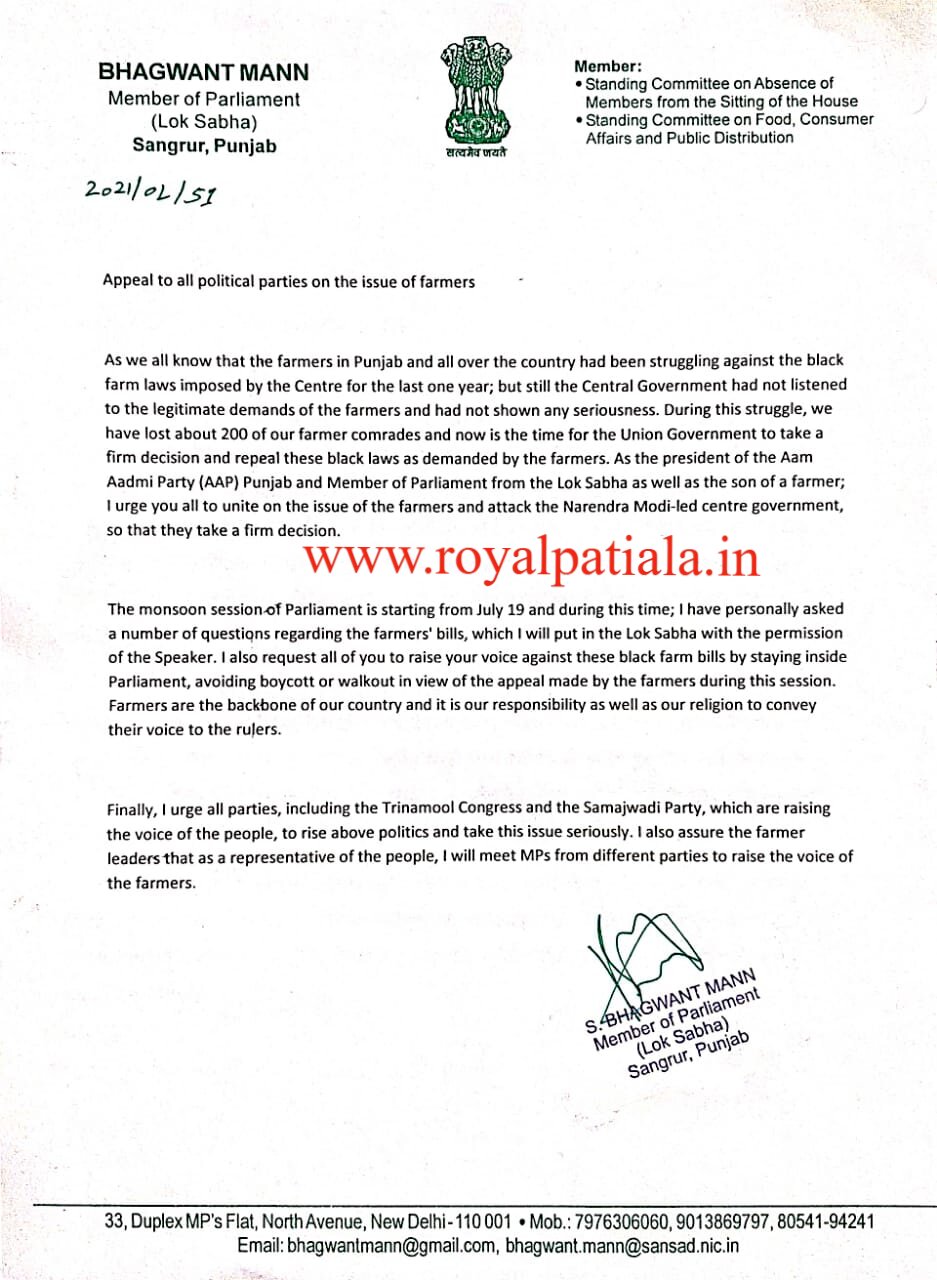United Nations’ Sustainable Development Goals: Broken Dreams or a Brighter Future?-Yadav
Ramsagar Yadav/ September 17,2023
In an era plagued by global crises, the United Nations’ Sustainable Development Goals (SDGs) were heralded as a beacon of hope, promising a brighter, more equitable future for all. Yet, as the years pass, it becomes increasingly evident that these goals are nothing more than a hollow symphony of promises, lacking in substance and real-world impact.
From the outset, the SDGs were marketed as a comprehensive blueprint for eradicating poverty, protecting the planet, and ensuring prosperity for all. However, the reality on the ground paints a starkly different picture. While world leaders gather for high-profile conferences and photo opportunities, the actual progress towards achieving these goals remains painfully slow, if not entirely stagnant.

Take, for example, Goal 1: No Poverty. Despite grandiose rhetoric, the gap between the rich and the poor continues to widen. Income inequality is at an all-time high, with a privileged elite amassing unprecedented wealth while millions struggle to make ends meet. The SDGs were meant to be a rallying cry against this very injustice, but instead, they have become a smokescreen that obscures the true extent of economic disparities.
Similarly, Goal 13: Climate Action, was supposed to be a clarion call for environmental stewardship. Yet, as the world hurtles towards irreversible climate catastrophe, nations pay lip service to carbon reduction targets while continuing to subsidize and promote fossil fuels. The urgency needed to avert disaster is conspicuously absent from the global agenda. Moreover, the entire SDG framework seems to suffer from a fundamental lack of accountability. The voluntary nature of these goals allows nations to cherry-pick which targets they want to pursue, creating a buffet-style approach to development that undermines the very essence of a united, collective effort.
Additionally, the absence of concrete mechanisms for enforcement and penalties for non-compliance renders the SDGs toothless. Countries can sign on to the goals with great fanfare, only to neglect them in practice without facing any real consequences. Perhaps the most egregious flaw in the SDGs lies in their failure to address the underlying structural issues that perpetuate poverty, inequality, and environmental degradation. They treat symptoms, not the disease. True sustainable development demands a radical revaluation of our economic and social systems, yet the SDGs shy away from these uncomfortable conversations.
- Goal 1: No Poverty:
- Despite the SDGs’ promise to end poverty by 2030, the number of people living below the global poverty line has increased by over 100 million since the pandemic began.
- The richest 1% of the world’s population now owns more than half of the world’s wealth, while the poorest 50% own less than 2%.
- Goal 13: Climate Action:
- Global greenhouse gas emissions have continued to rise since the adoption of the SDGs, reaching record highs in 2022.
- The world is currently on track to heat up by 2.7 degrees Celsius by the end of the century, well above the 1.5-degree Celsius limit set by the Paris Agreement.
- Accountability and enforcement:
- The SDGs are voluntary and non-binding, meaning that countries are not required to meet any specific targets.
- There is no mechanism for enforcing compliance with the SDGs, and countries that fail to make progress are not subject to any penalties.
- Underlying structural issues:
- The SDGs fail to address the root causes of poverty, inequality, and environmental degradation, such as the global capitalist system and the unequal distribution of power and resources.
Added facts and figures:
- Goal 2: Zero Hunger:
- Over 800 million people go hungry every day.
- Nearly 150 million children under the age of five are stunted due to malnutrition.
- Goal 3: Good Health and Well-being:
- Over 400 million people lack access to basic healthcare.
- Millions of people die each year from preventable diseases, such as malaria and diarrhoea.
- Goal 4: Quality Education:
- Over 250 million children and youth are out of school.
- Millions of children who do attend school are not learning the basics.
- Goal 5: Gender Equality:
- Women and girls continue to face discrimination in all areas of life.
- Over 200 million girls and women have been subjected to female genital mutilation.
- Goal 6: Clean Water and Sanitation:
- Over 2 billion people lack access to safely managed drinking water.
- Over 4 billion people lack access to safely managed sanitation.
In this era of clickbait and sensationalism, the SDGs have become little more than a buzzword, deployed by governments and organizations to score PR points without a genuine commitment to meaningful change. The media must play its part in holding these entities accountable for their hollow rhetoric and lack of substantive action.
It is time to demand more than empty promises. We must insist on concrete, measurable progress towards a world that truly embodies the ideals of sustainability and equality. Only then can we move beyond the lip service and towards a future that is genuinely worth celebrating. The time for complacency has long passed; now is the time for genuine, transformative action.
References:
- Global Commission on the Economy and Climate. (2023). The Net-Zero Economy: A Roadmap for Rapid and Just Transition. London, UK: Global Commission on the Economy and Climate.
- Oxfam International. (2023). The Inequality Pandemic: A New Contract for a New Era. Oxford, UK: Oxfam International.
- Sachs, J. D. (2023). Progress towards the Sustainable Development Goals. The Lancet, 399(10343), 1111-1112.
- United Nations. (2023). The Sustainable Development Goals Report 2023. New York, NY: United Nations.
- The Brookings Institution. (2023). How to Make the Sustainable Development Goals Work. Washington, DC: The Brookings Institution.
- (2022). The Emissions Gap Report 2022. Nairobi, Kenya: United Nations Environment Programme.
- (2022). Climate Change 2022: Impacts, Adaptation and Vulnerability. Cambridge, UK: Cambridge University Press.
- Center for Global Development. (2022). The SDGs: A Reality Check. Washington, DC:Center for Global Development.
- Stiglitz, J. E. (2022). People, Planet, Profit: Why We Need a New Economy. New York, NY: Norton.
- Klein, N. (2014). This Changes Everything: Capitalism vs. the Climate.New York, NY: Simon & Schuster.
- Piketty, T. (2014). Capital in the Twenty-First Century. Cambridge, MA: Harvard University Press.
- Raworth, K. (2017). Doughnut Economics: Seven Ways to Think Like a 21st-Century Economist. London, UK: Random House Business Books.
About the Author:
Ramsagar Yadav, a distinguished Ph.D. Research Scholar in Artificial Intelligence and Data Science, is making waves in academia and journalism. As an eminent Mathematician and Mathematical Scientist, his contributions align with all 17 UN sustainable development goals. Through cutting-edge research in AI, Data Science, and impactful social activism, Yadav’s influence is profound. Renowned for his razor-sharp reporting in Science, Technology and Education. Yadav’s writings offer invaluable clarity on complex subjects. For inquiries and further engagement, contact Ramsagar Yadav at +91 9768036761, and delve into the realms he passionately explores. Don’t miss out on this influential figure’s insights!
Disclaimer:
The views in the article ” United Nations’ Sustainable Development Goals: Broken Dreams or a Brighter Future?” are solely those of the author, Ramsagar Yadav, and do not represent the official position of royalpatiala.in web portal. The article offers an analysis of the United Nations’ Sustainable Development Goals (SDGs) from the author’s perspective and is for informational purposes only. Referenced sources support the author’s arguments and do not imply an endorsement by royalpatiala.in web portal. Readers are encouraged to conduct their own research and seek additional perspectives. royalpatiala.in web portal assumes no responsibility for the accuracy or validity of the information provided. Any actions taken based on the article are at the reader’s discretion and risk. For inquiries or engagement with Ramsagar Yadav, please contact him directly using the provided information. royalpatiala.in web portal does not facilitate or endorse any communication or engagement with the author.













